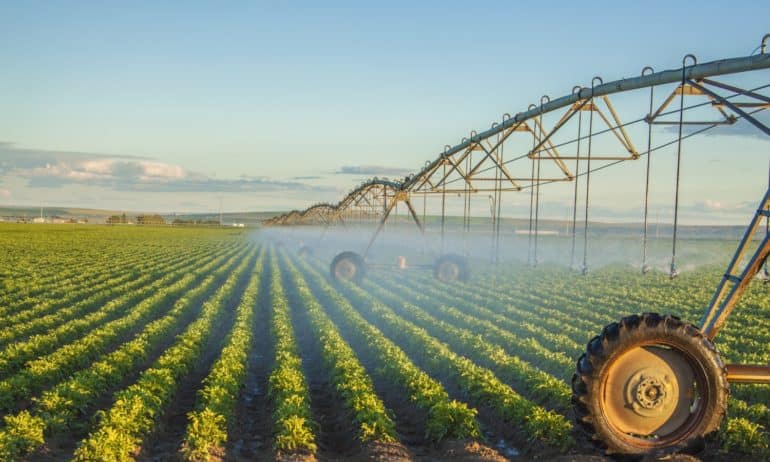March 22nd is World Water Day (WWD), a day to celebrate one of the the world’s most precious resources and to raise awareness around global water issues. Every year, WWD coincides with the release of the World Water Development Report by the U.N. Educational, Scientific, and Cultural Organization (UNESCO). This report provides a specific theme to guide world leaders and policymakers for the next year as they pursue meaningful solutions for water issues on a global level.
This year’s theme, “Nature for Water,” focuses on innovative solutions for water management that are based on natural systems. UNESCO seeks to integrate man-made approaches to water infrastructure—gray engineering like drains, pipes, and sewers—with green water management systems that mimic nature, harnessing the power of natural systems rather than suppressing them. The report addresses water usage across all sectors—disaster prevention, sustainable city planning, and water quality improvement—but the sector that uses the greatest amount of water is agriculture. Only 0.001 percent of the water on earth is freshwater suitable for human use, and of this limited supply, approximately 70 percent of freshwater is used for agriculture.
The report highlights practical, nature-based management practices for agriculture that can accomplish the dual objective of robust food production and smart resource conservation. The report focuses on three main principles: minimal disturbance of the soil, permanent soil cover, and biodiversity. By planting crops with minimal plowing, farmers can build up the natural environment of bacteria, fungi, and microorganisms in their soil, improving soil health and reducing erosion. Continuous plant growth and the use of mulch to keep soil covered improves water retention and also reduces erosion. Biodiversity in farming has many benefits, but when used for water management, it can be beneficial for establishing crops that are resilient to pests and disease, reducing the need for chemical inputs.
Agriculture depends on clean, sustainable sources of water, but many common, modern-day farming practices harm the water supply. Excessive plowing, for example, can degrade the soil and cause erosion. Up to 40 billion tons of topsoil are washed into waterways due to erosion every year. Improper use of chemical fertilizers, pesticides, and herbicides can lead to water runoff that introduces these chemicals into streams, rivers, and eventually the water supply. Establishing a long-term plan for sustainable agriculture requires farm management practices that accomplish the goal of efficient food production while ensuring the future health of the soil, water, and ecosystem.
In addition to improving water management, the practices identified in the report have benefits more broadly for agriculture, building soil health while also improving the overall efficiency of farm systems. According to the U.N. Food and Agriculture Organization (FAO), to feed the growing world population, farming systems will need to make significant improvements in resource management, including the use of water: “The global transition to sustainable food and agriculture will require major improvements in the efficiency of resource use, in environmental protection and in systems resilience.”
Beyond agriculture, there are many other nature-based solutions for water management identified in this year’s WWD report. For example, the creation of natural buffers in cities between sources of water runoff and natural waterways can improve the water quality of rivers and streams. In general, the restoration of forests, grasslands, wetlands, floodplains, and other natural ecosystems would greatly increase the amount of freshwater that is available around the world.
While there are significant obstacles to global water management and conservation, it is increasingly clear that the answer is in nature. Global policies that harness the power of natural systems instead of fighting them can greatly improve water management and conservation.
This year, in honor of World Water Day, we encourage you to learn more about protecting this precious resource and challenge you to take a stand and advocate for nature-based solutions for water management in your community.












